Plantar Fasciitis: Is It Affecting You?
Plantar Heel Pain
The plantar fascia is a band of tissue that runs on the bottom of your foot from your heel to your toes. Its function is to aid in stability and control of the foot with weight bearing. It assists the arch of the foot and absorbs some of the load we place on our foot when we stand or walk.
Plantar fasciitis refers to inflammation of the plantar fascia. However, current research suggests that local inflammation is not the primary cause of the condition. Therefore, it is suggested to call it plantar fasciopathy or plantar heel pain. As inflammation is not the primary source of pain, rest, ice, and anti-inflammatory medication, are not the recommended treatments.
So what causes plantar heel pain?
The plantar fascia is made of collagen, which is a tissue that is not very elastic, so if it is not allowed ample time to adapt to loads and recover between bouts of training, overloading occurs.
Plantar heel pain occurs when the intensity, frequency, and volume of plantar fascia loading and stress, such as standing, walking, or running, exceeds the capacity of your body to recover and adapt. Occupations that require you to be on your feet for extended periods, such as the retail and service industries, are at greater risk of plantar heel pain due to the constant pressure on the plantar fascia. Factors such as footwear and the surface on which you work or exercise also impact the development of the condition.
Plantar heel pain can be caused by a decreased capacity for the plantar fascia to accept stress. This is often seen as we age, especially with a decline in physical activity and health. On the other hand, doing too much, too soon can also put you at greater risk of developing plantar heel pain. This is experienced when you start a new gym routine that involves more jumping and lunges than you are used to or when you suddenly change your running distance, frequency, or intensity, such as moving from flat to hill training.
Having high arches, tight calf muscles or flat feet can predispose you to plantar heel pain. In people with high arches, their plantar fascia ligament is often very tight, causing tension and pain. In people with flat feet, the arch collapses as the person stands, causing a strain and increased load on the plantar fascia from repeated overstretching during walking.
How does physical therapy help treat plantar heel pain?
Unfortunately, there is not a quick fix for plantar heel pain and the rehab process can take several months. The goal of physical therapy is to increase your capacity to accept loading so it is greater than the loads you experience on a day-to-day basis.
To reduce the load on your plantar fascia, try modifying aggravating activities. Keep track of your daily steps and slowly progress your activity level, as tolerated. Cross-training, such as swimming or biking can also reduce the load on your feet, while keeping you active.
For short-term relief, plantar fascia stretching in sitting can be performed before standing after periods of prolonged rest, such as sleeping or sitting. Other helpful tools include: stretching your calf muscles, using a taping technique to take pressure off the fascia, wearing shoes with good arch support, avoiding sudden changes in shoe foot drop and getting new shoes regularly.
To improve long-term function of your feet and ankles, exercises such as progressive: heel raises, split squats, and barefoot single-leg RDLs can be incorporated.
Unfortunately, plantar heel pain will not resolve on its own. We at Refuge Physiotherapy are movement experts who can guide you through the rehab process for plantar heel pain. If you or someone you know is having heel pain, please schedule an appointment so we can get you on the road to recovery and return to resilience and full health!
